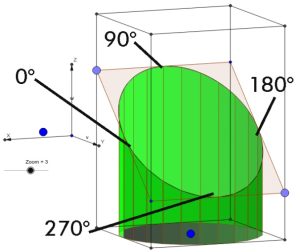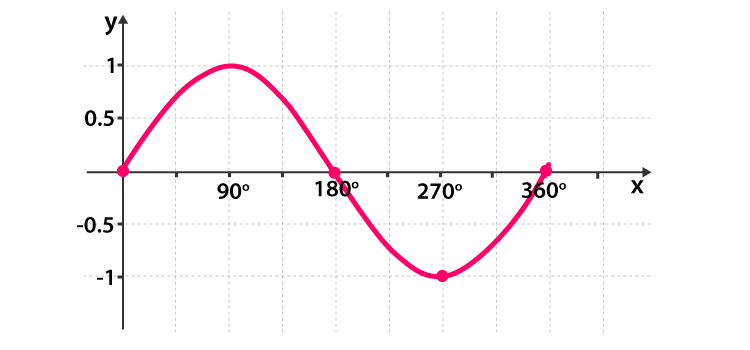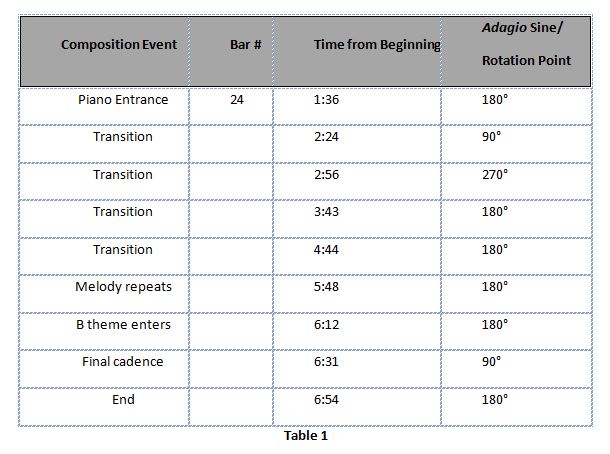Flow Analysis
The two and three dimensional illustrations (figures 1 and 2) help us to visualize and understand what we call Adagio “Hit Points”.


Mozart’s Piano Concerto #21 – Moderate Flow Rate Example
In the video shown on the left (Video 1), the visual of the Adagio fades at major “hit” points allowing the viewer to see the score. The score was used to identify major “hit points” as delineated in Table 1.

Table 1 identifies some major compositional events (“hit points”) of Mozart’s piece as it relates to the Adagio. You can use the illustrations above with the “Adagio Rotation Point” column to orientate yourself as to where you are along the Adagio curve.
Additional Statistics About Mozart’s Concerto
- The entire movement is 415 seconds long, requiring 5.5 rotations of the Adagio over the entire Andante movement
- The Adagio makes one revolution every 75” or .8 RPMs per minute
- The Adagio rotates 1/4 turn (90°) for every 4 bars of music
Conclusion
The Adagio can be thought of as a new arrow in the Musicologist’s quiver. It provides a new, unique way of viewing the psychological impact and esthetic effectiveness of a music composition. Additionally, with the current world-wide access to multi-media via the internet, flow analysis can be performed and shared with others with ease.